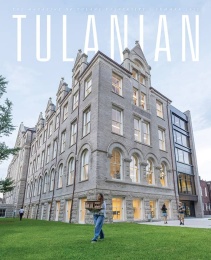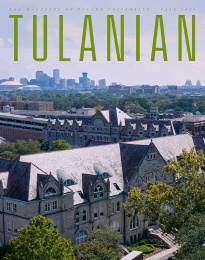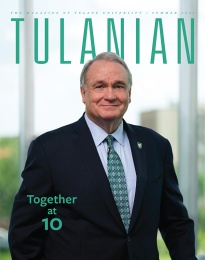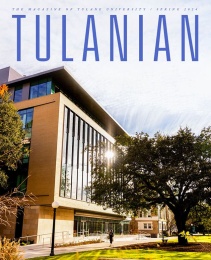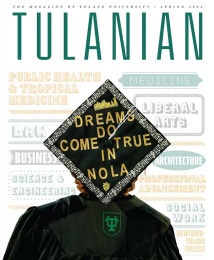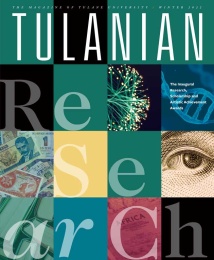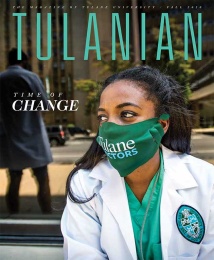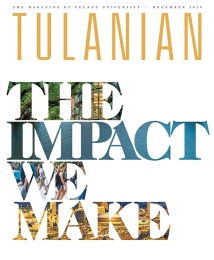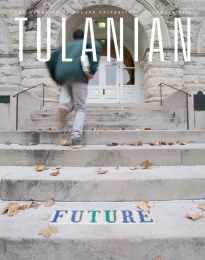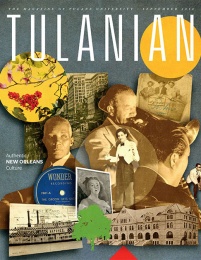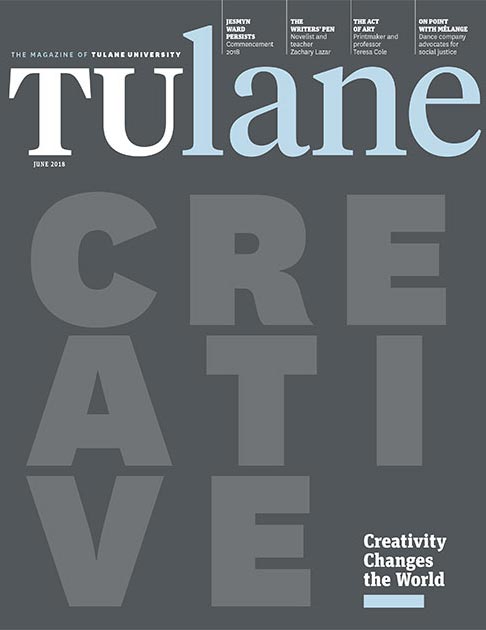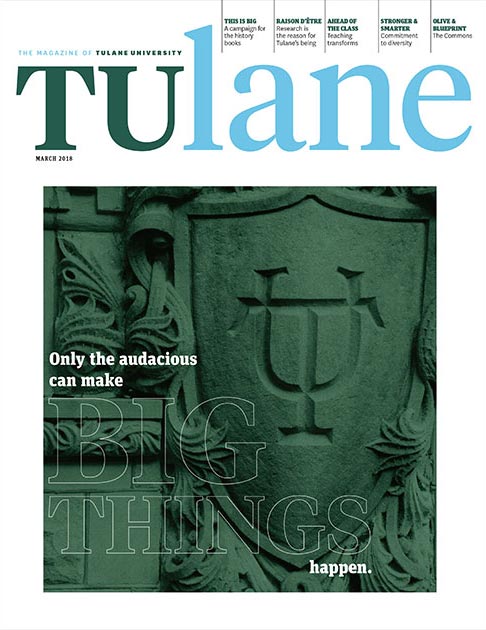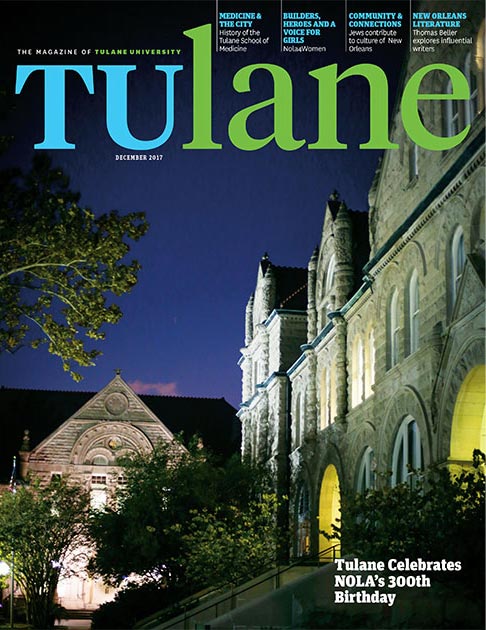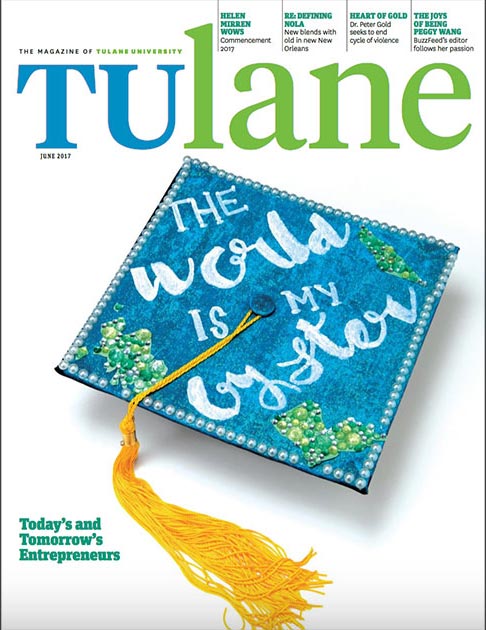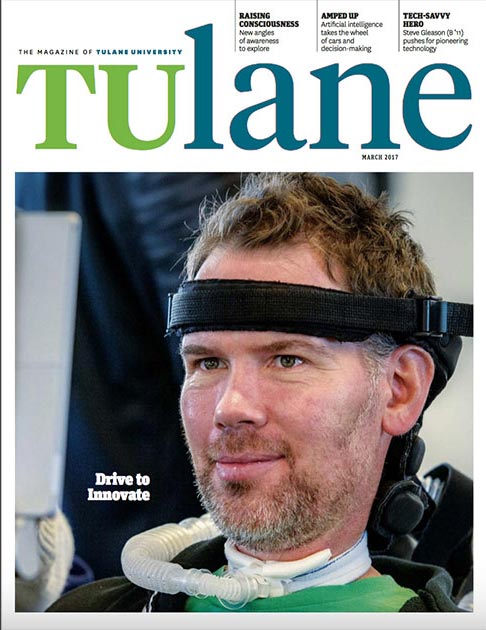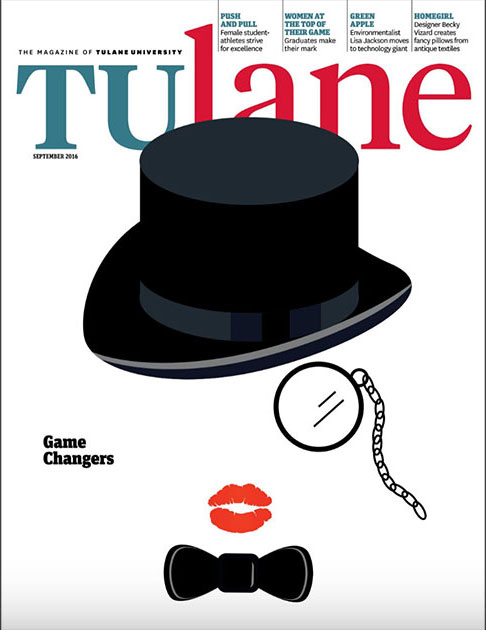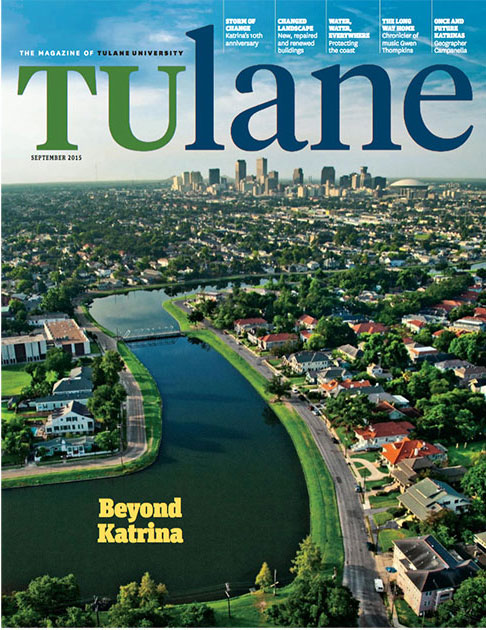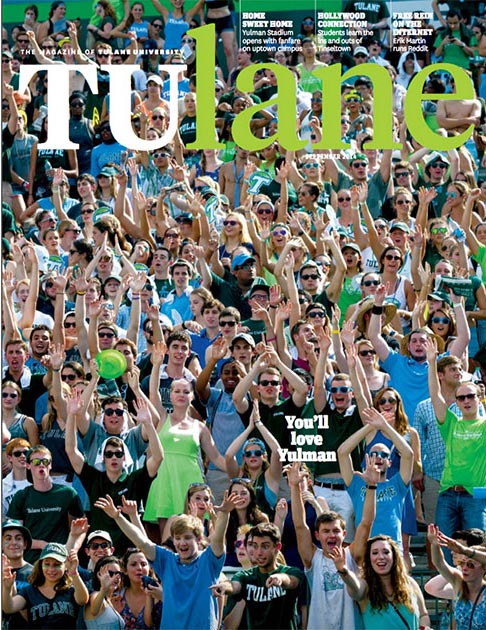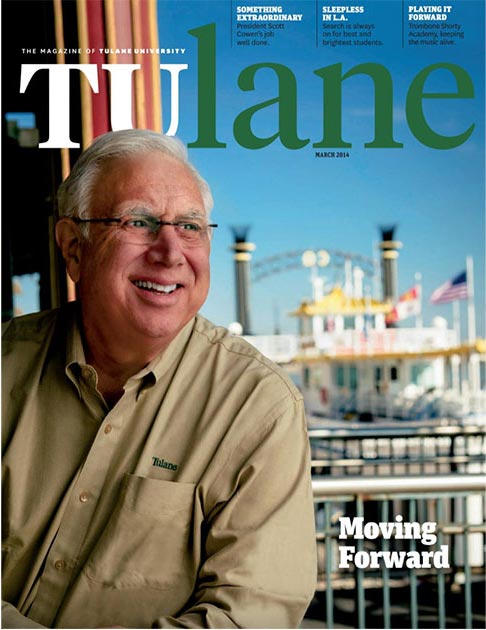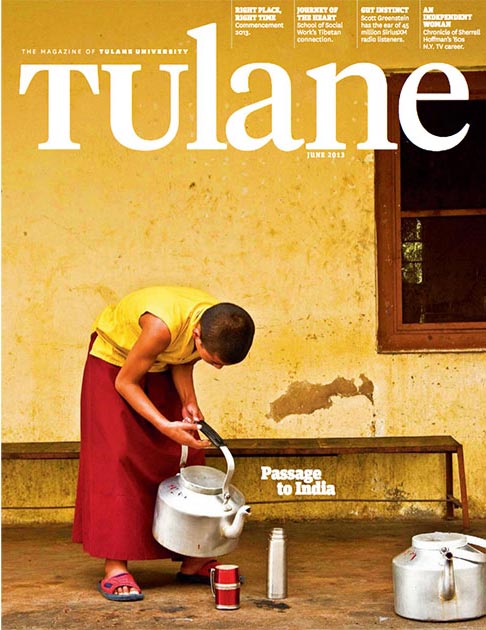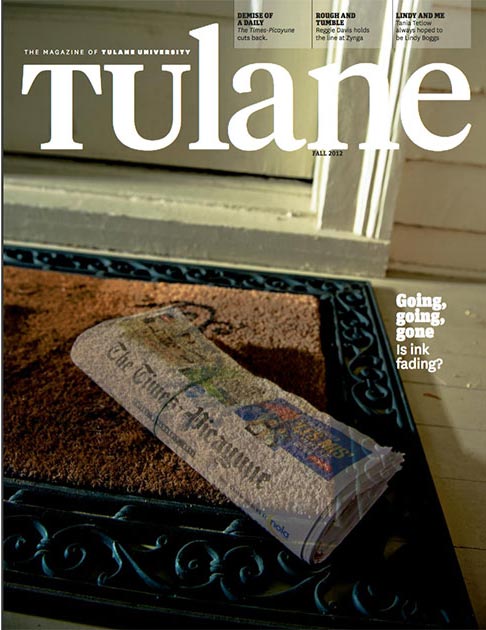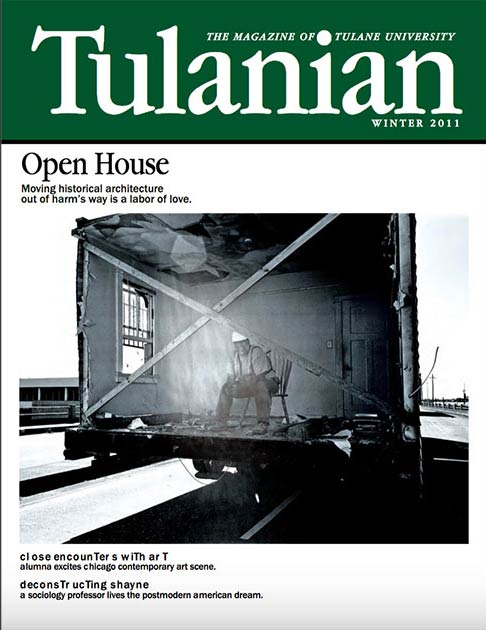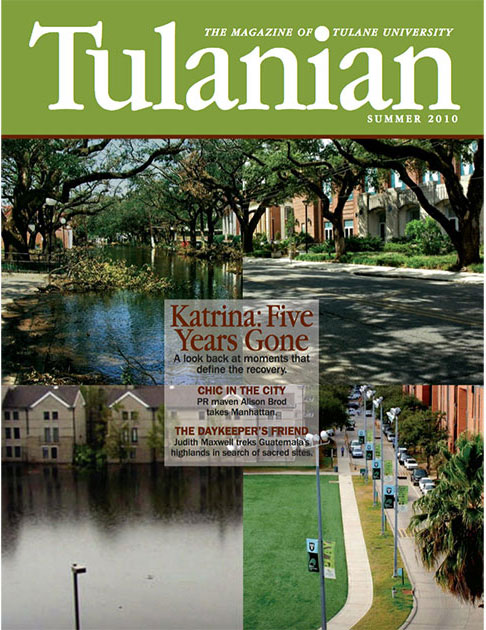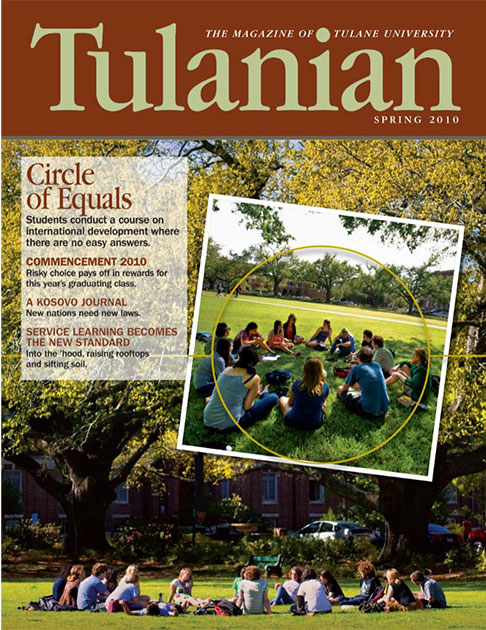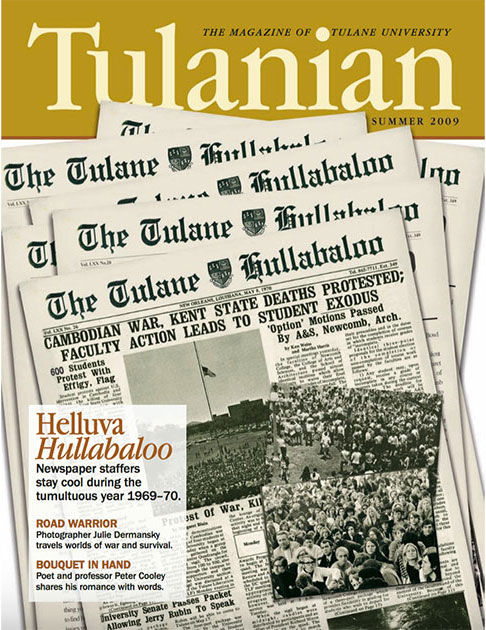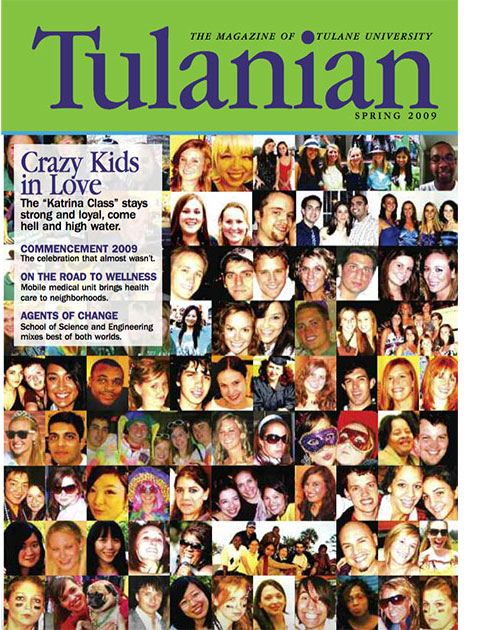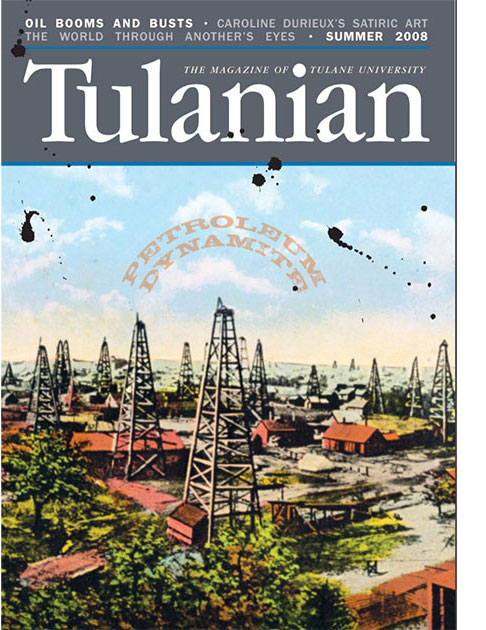As dean of the University of Pennsylvania School of Law in August 2005, Michael A. Fitts watched the horror of Hurricane Katrina — the levee failures, the flooding, the rooftop rescues — from afar. New Orleans was brought to its knees in what was one of the deadliest and costliest disasters in the nation’s history.
“Those of us in higher education watched as our peers at New Orleans-area institutions confronted unprecedented challenges,” Fitts shared at a recent Presidential Speaker Series Aug. 28, the eve of Katrina’s 20th anniversary.
Tulane closed its doors for the fall semester and students were taken in by schools all over the country. Meanwhile, staff, faculty and administrators — many displaced from their own homes — worked tirelessly to preserve the university. They enacted a renewal plan to guide what was arguably the most dramatic reorganization of a major American university in more than a century.
Tulane’s nearly 14,000 undergraduate and graduate students, scattered across the country by the storm, could have chosen the simpler route: stay away, finish their studies elsewhere and place Tulane and New Orleans firmly in the past. Some did.
But much to the delight of Tulane leaders at the time, nearly 90% of students — including most of the newly arrived Class of 2009 — returned, many expressing their desire to help both Tulane and the city of New Orleans recover from the storm. And while recruiting for the following year was a bit more challenging, Tulane was thrilled to welcome nearly 900 first-year students to the Class of 2010.
“I would put Tulane coming back to campus in January 2006 right up there with the Saints coming back to the Superdome,” said Jeff Schiffman, Tulane’s former director of admissions. “When Tulane and other schools opened that January, it was an amazing and transformational moment for our city’s recovery.”








